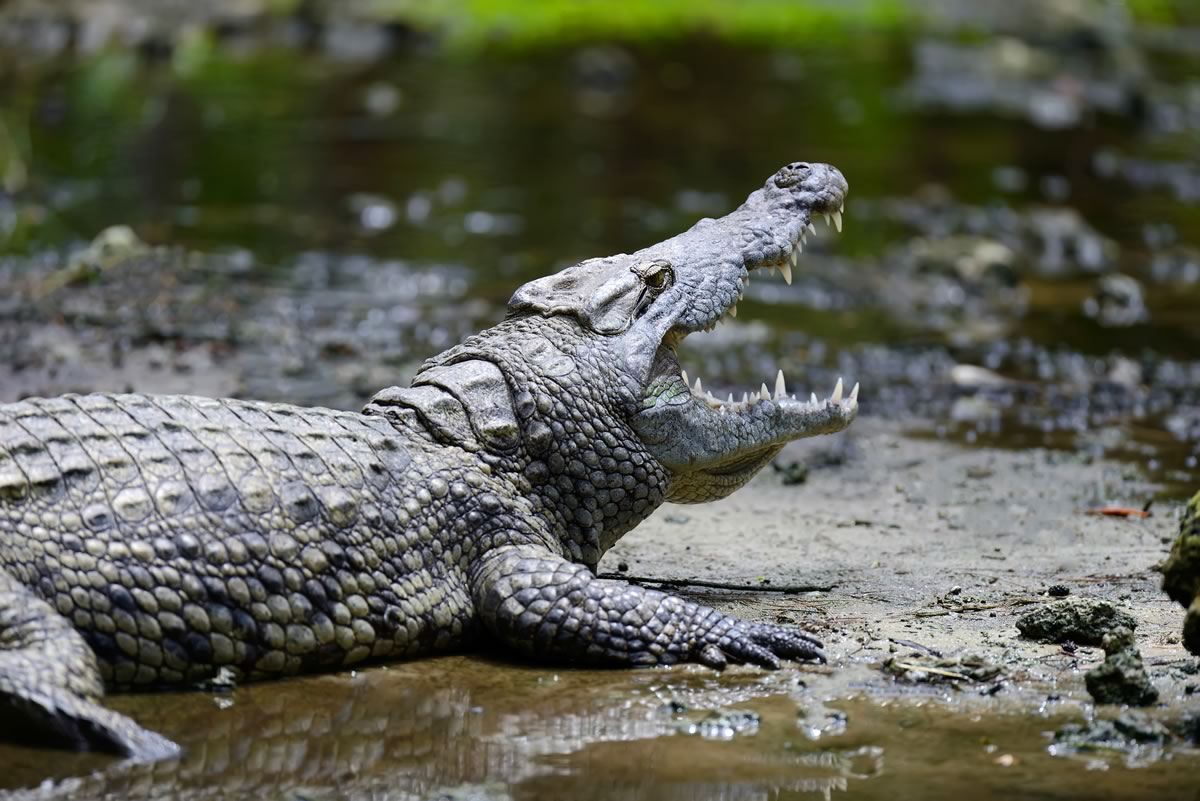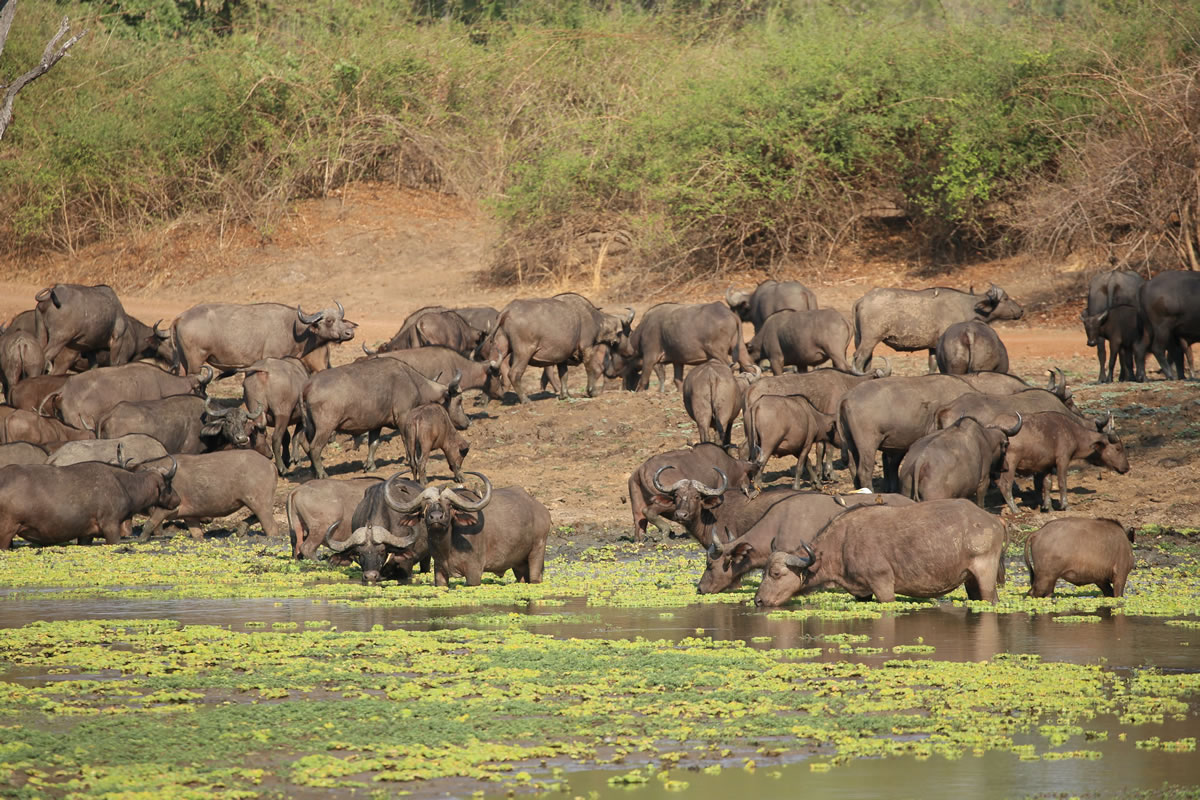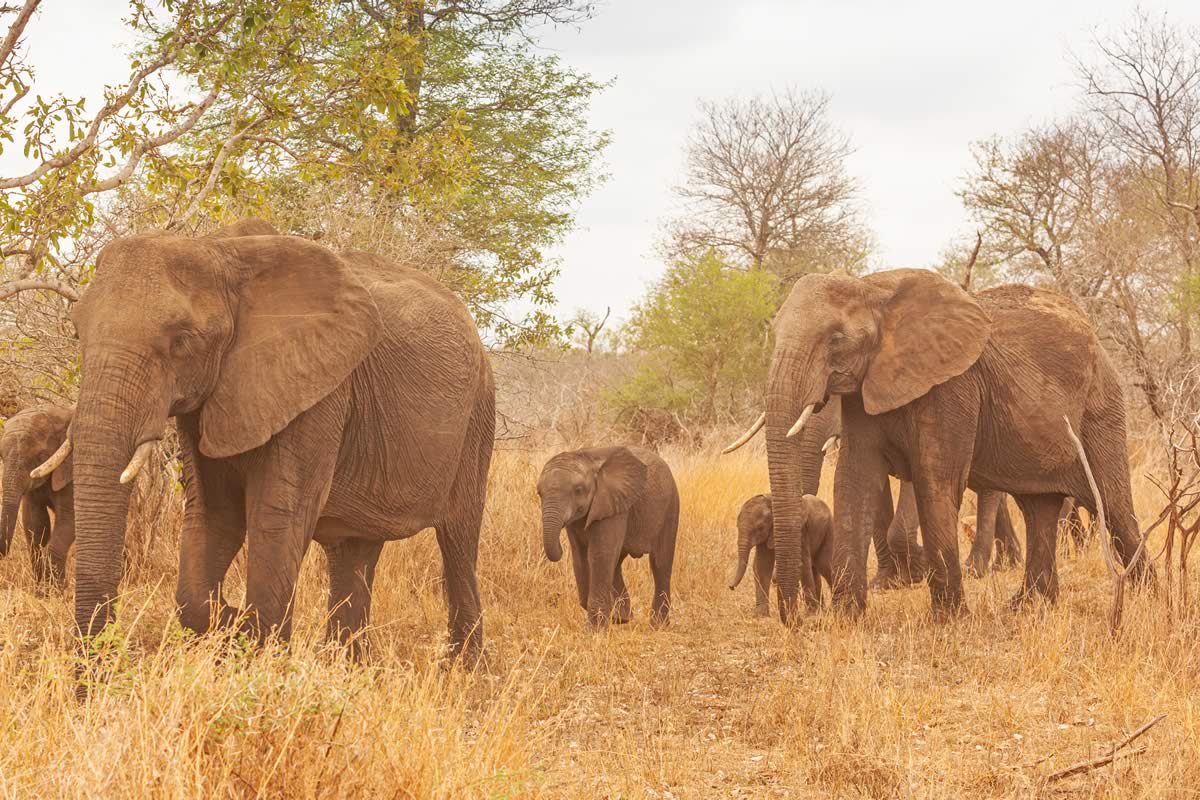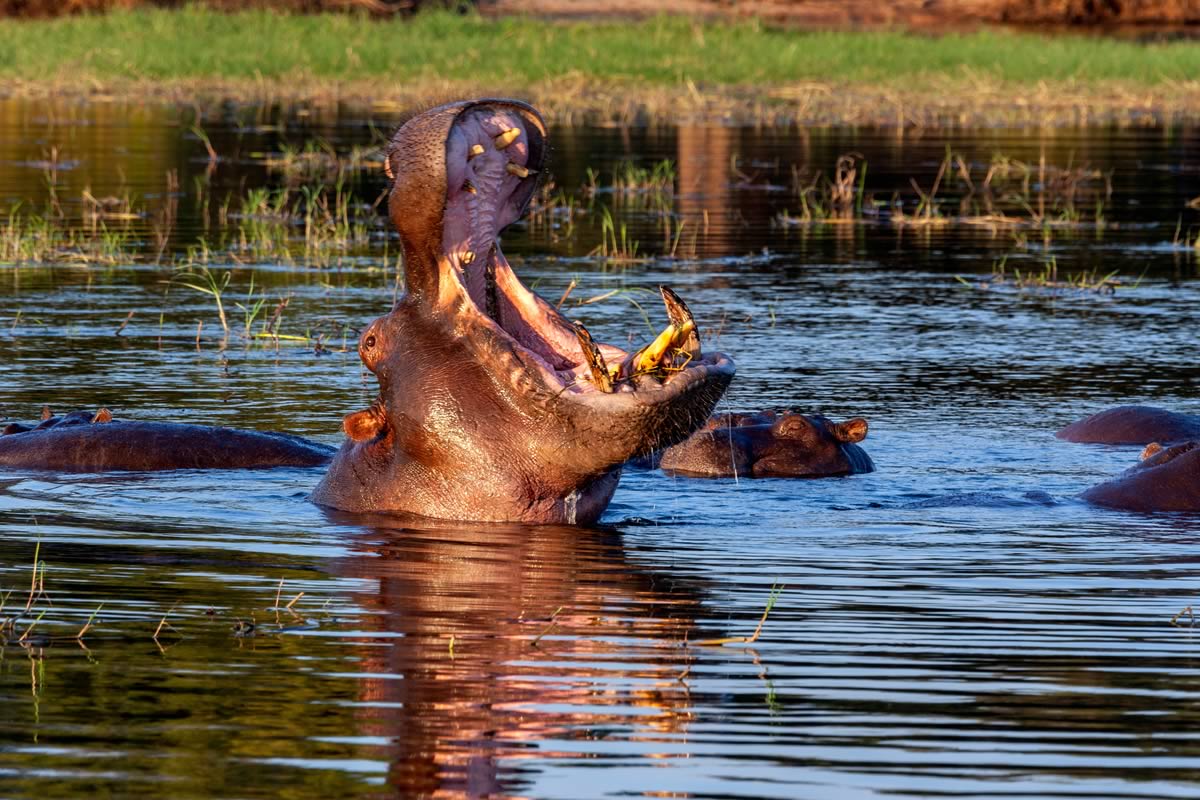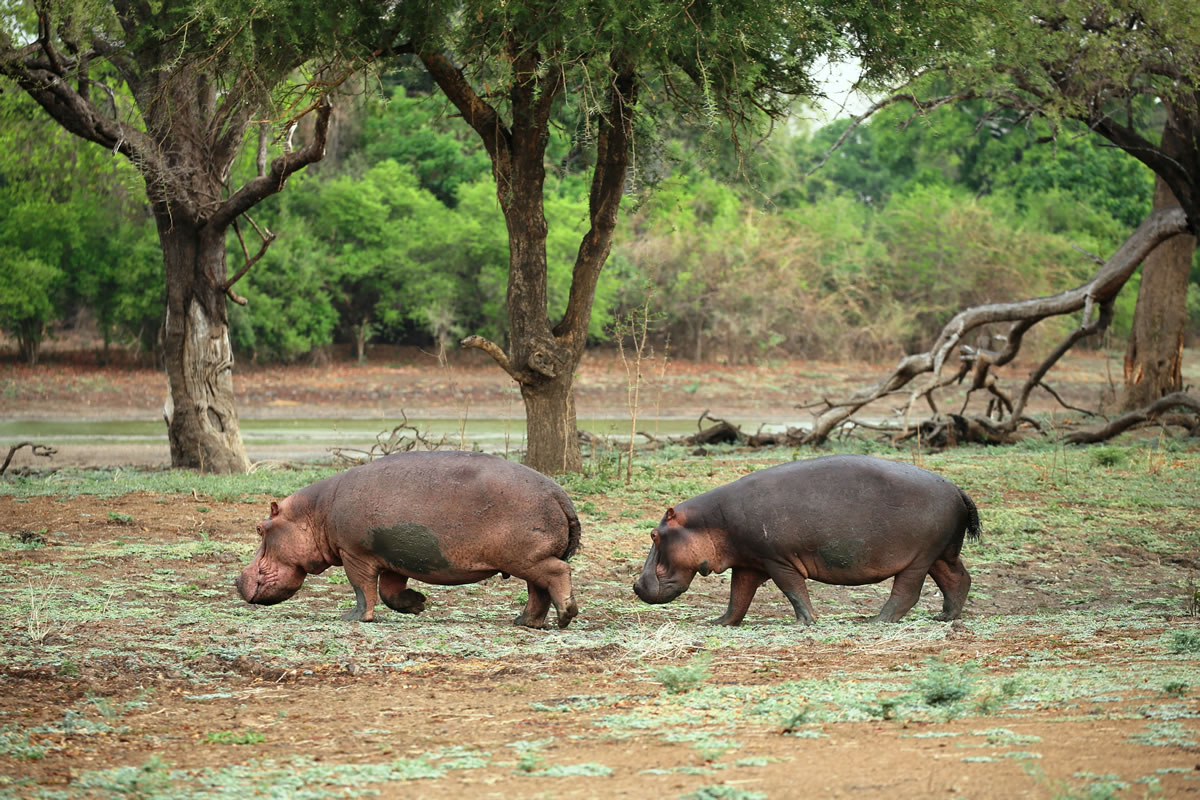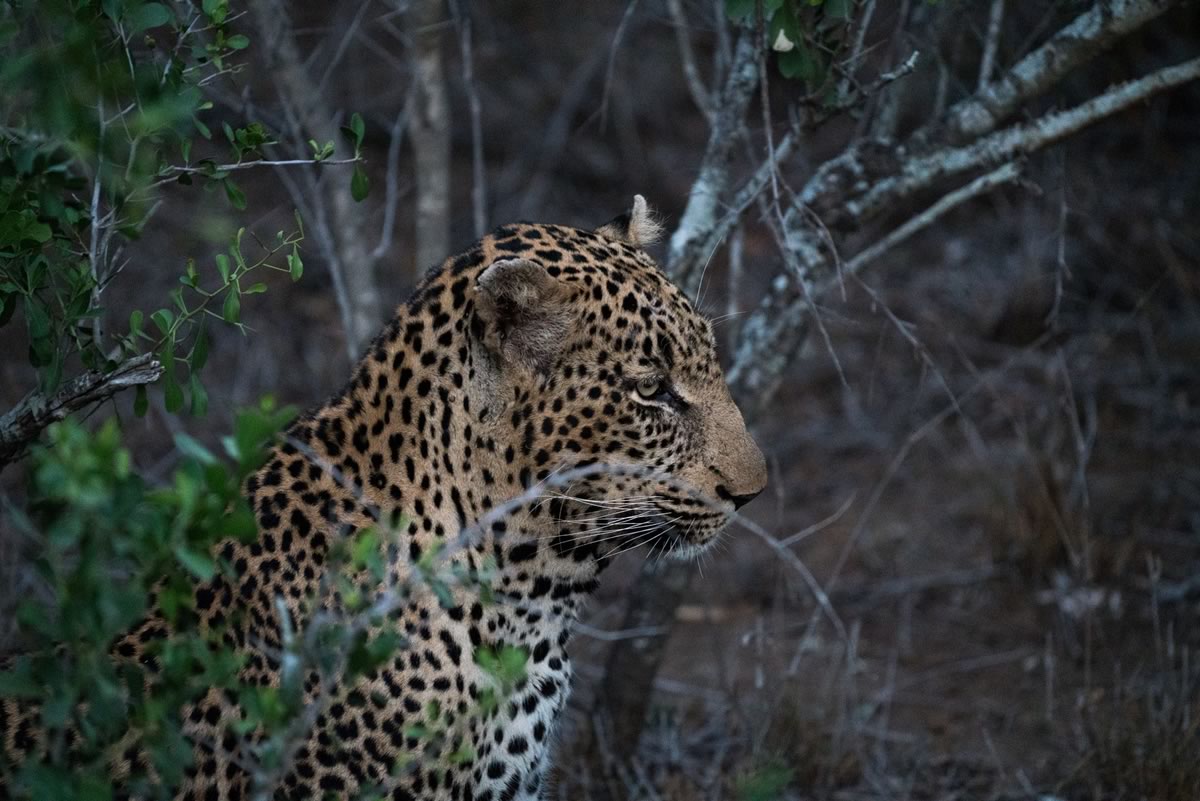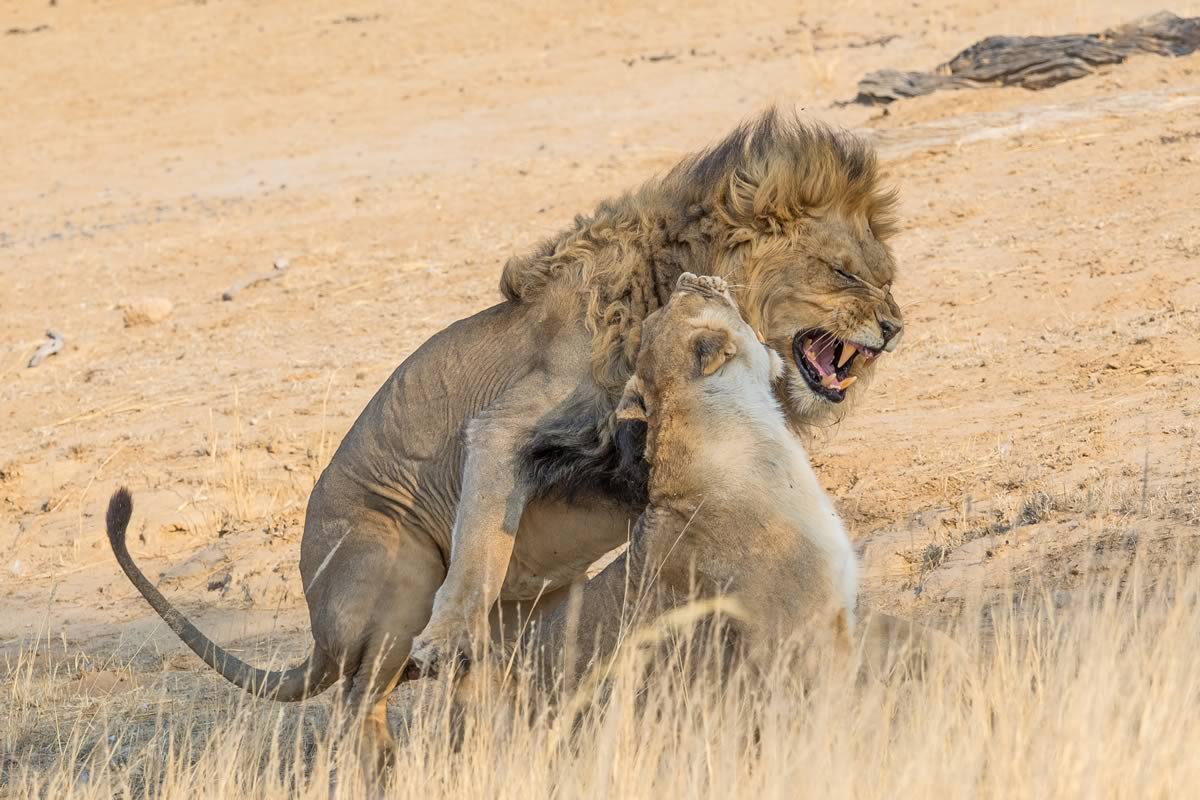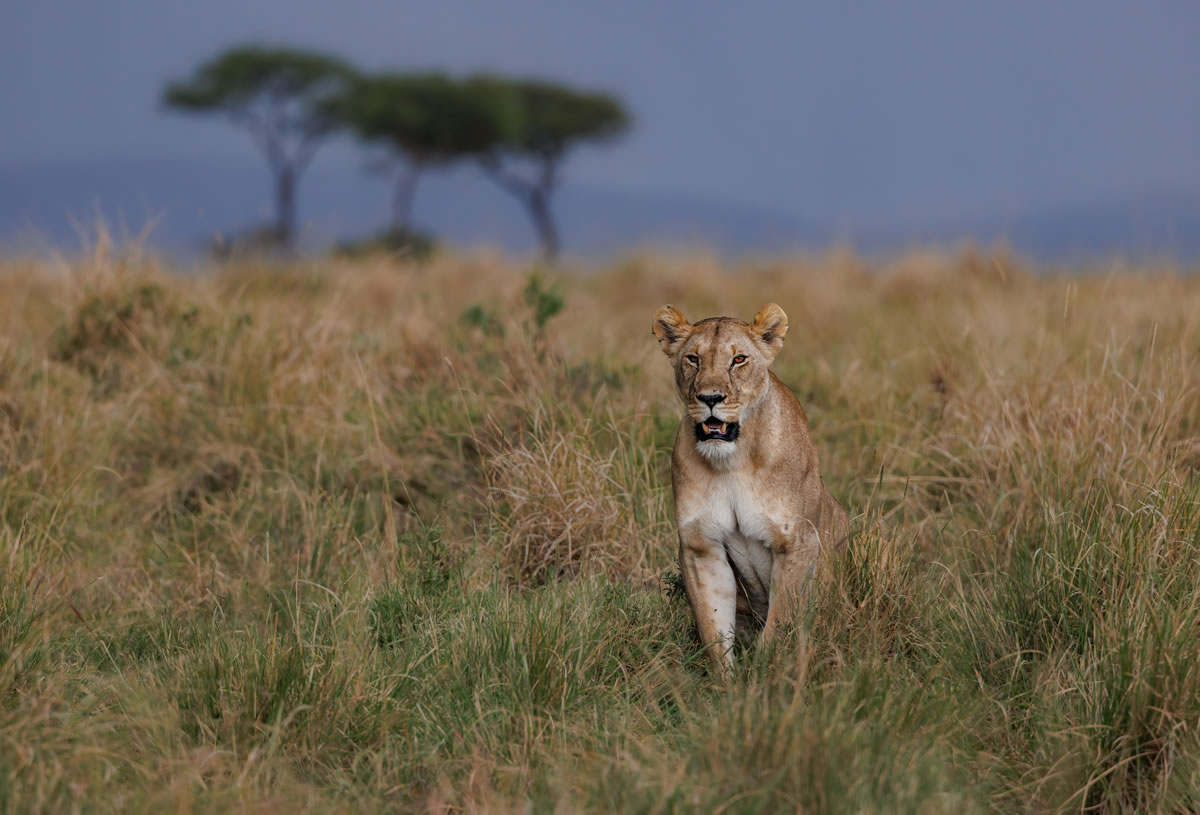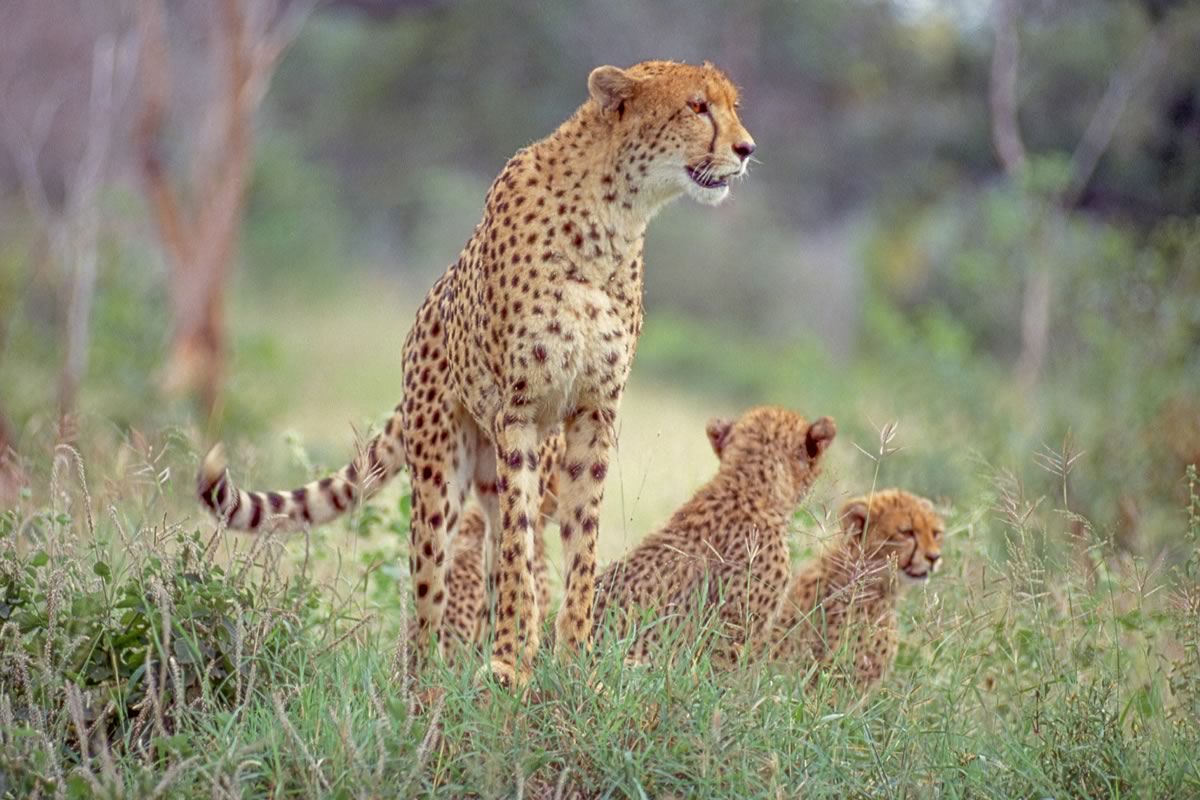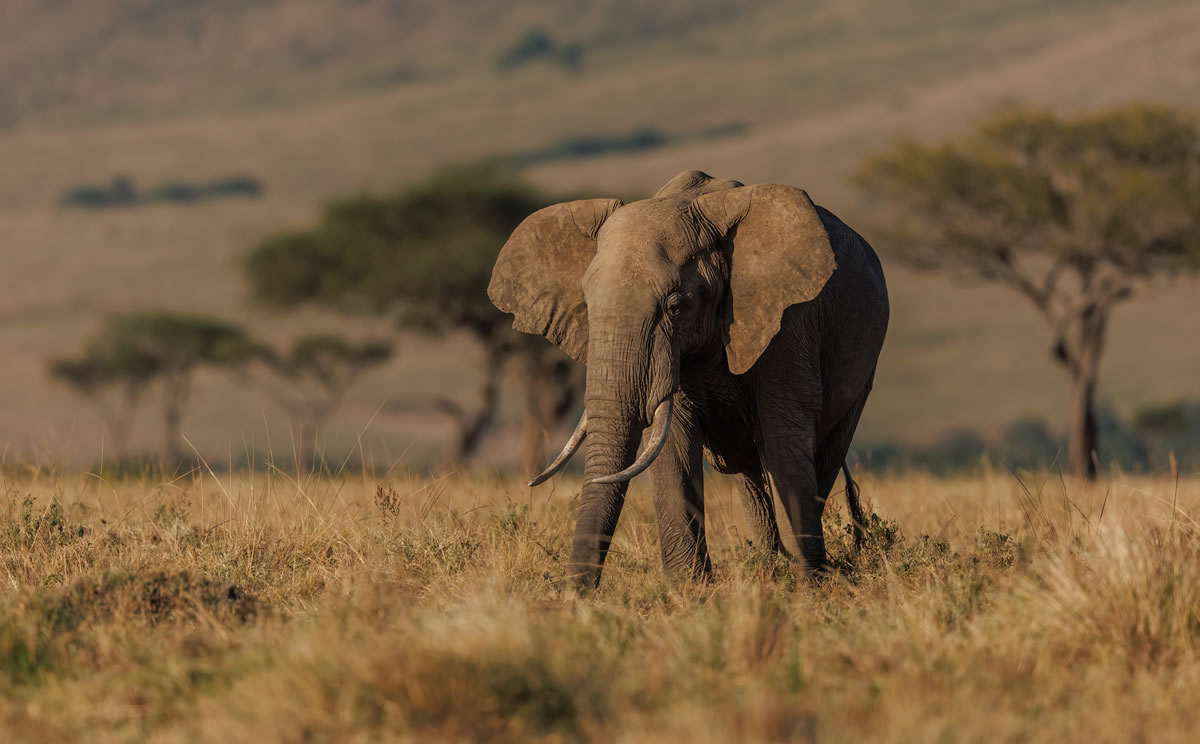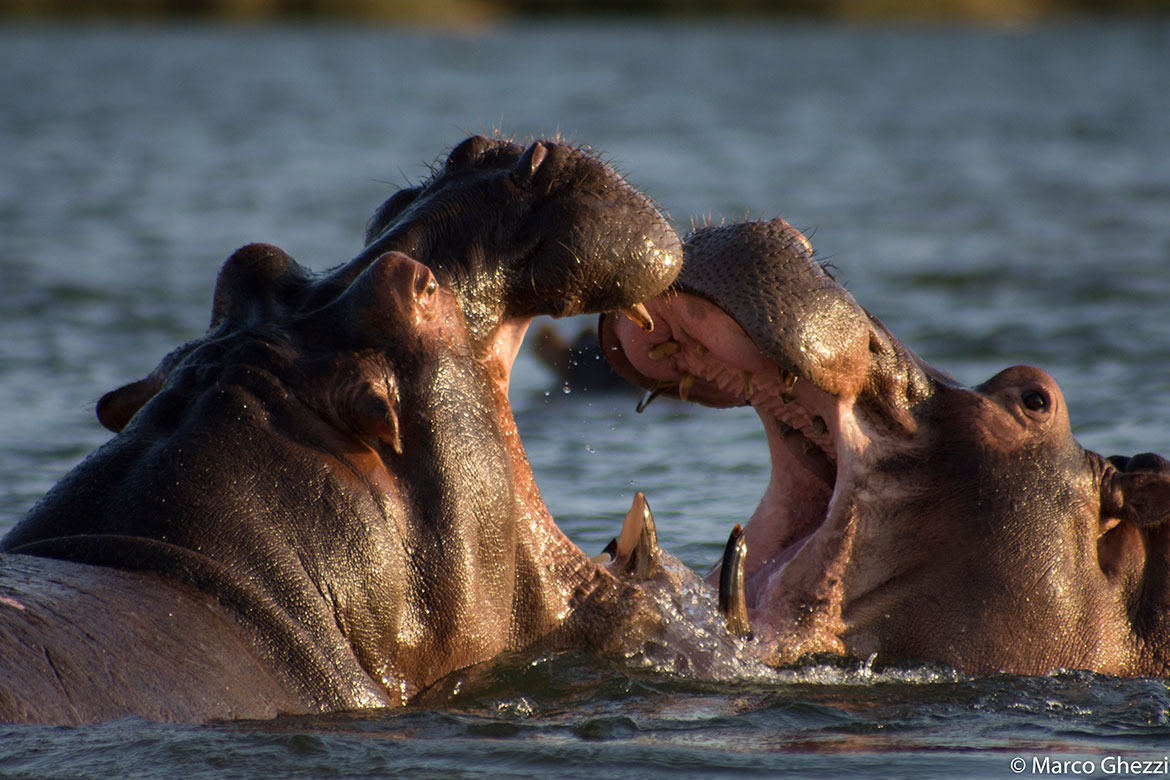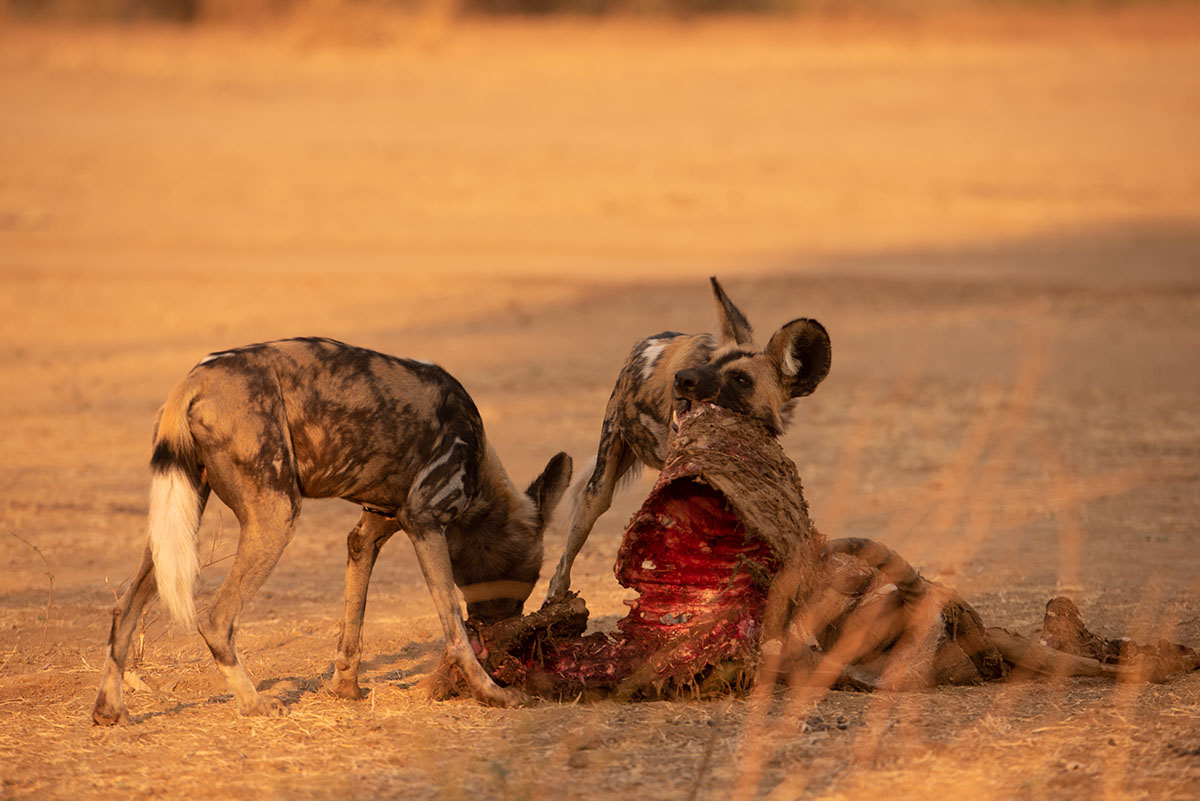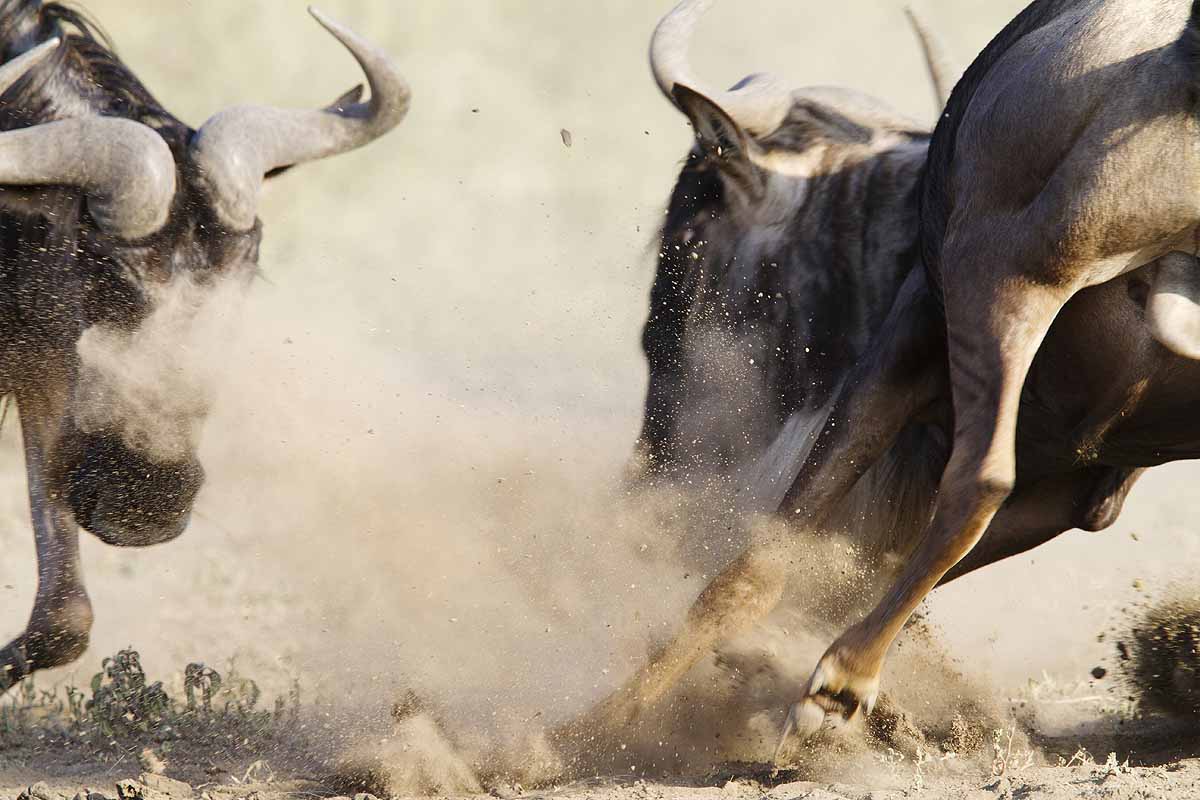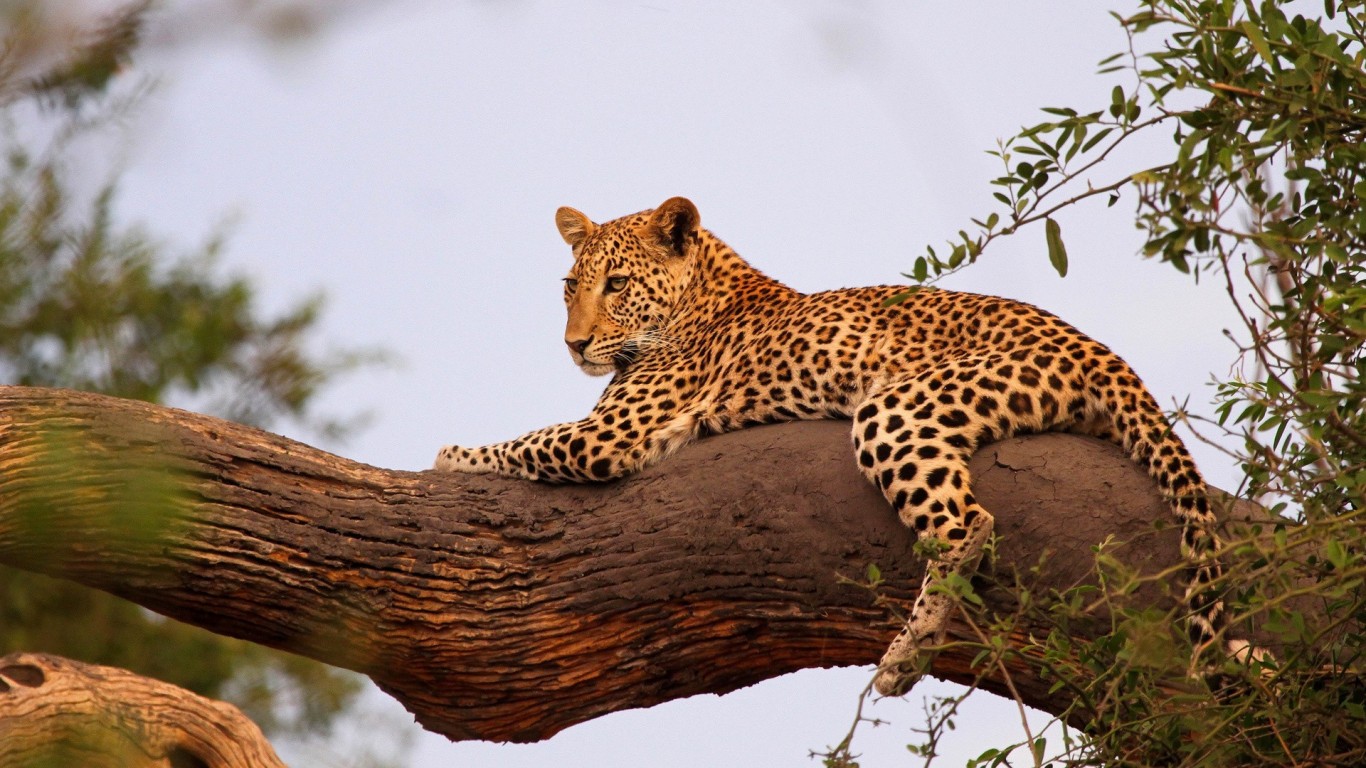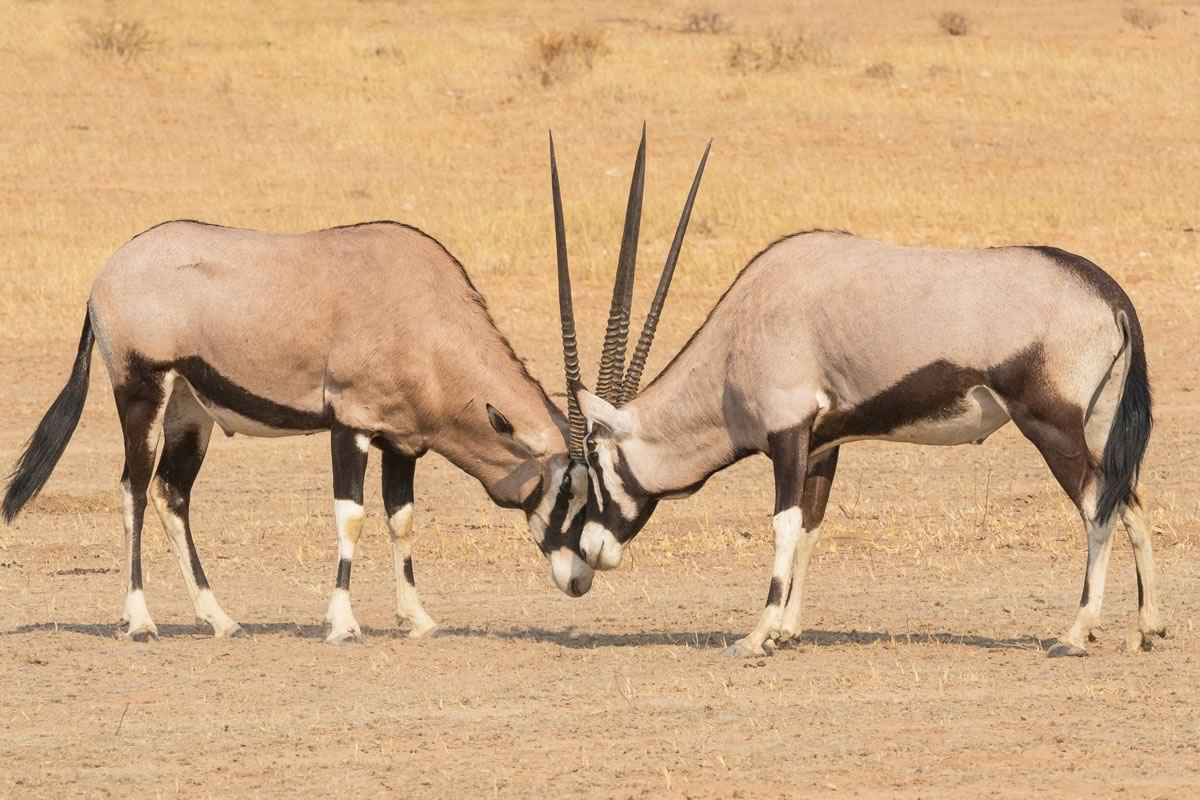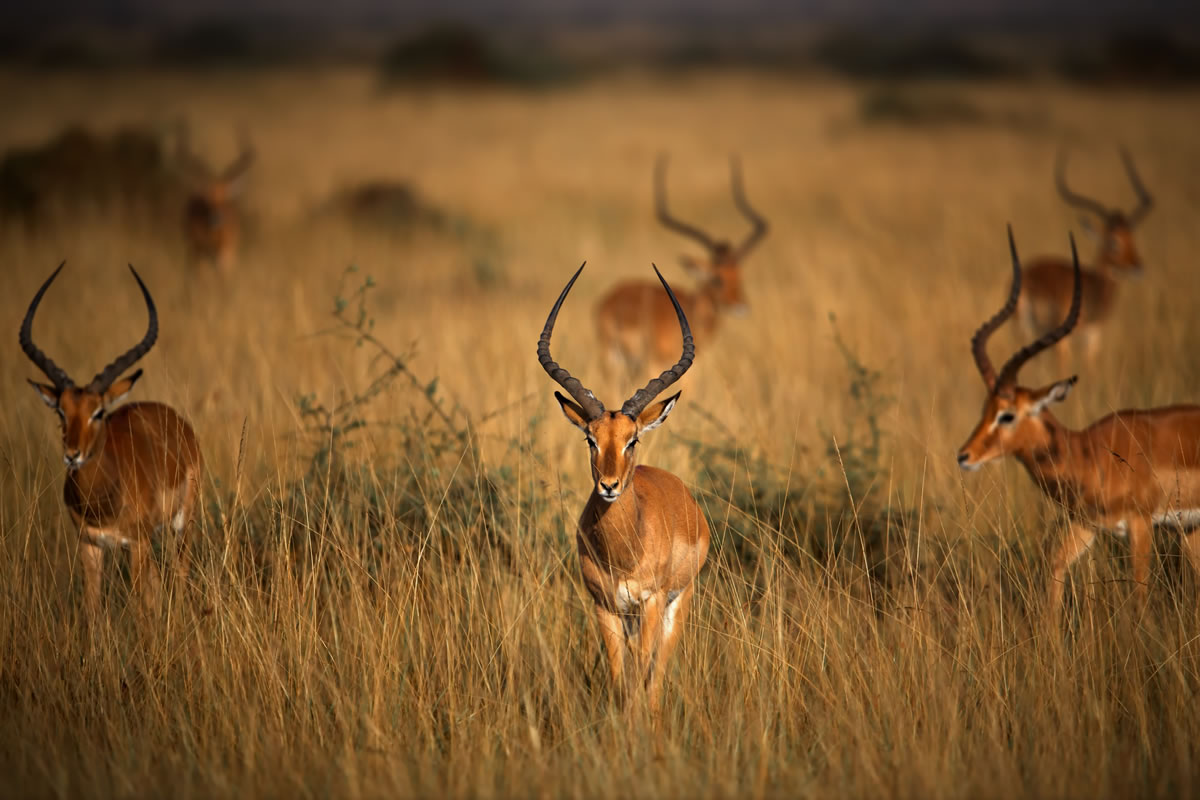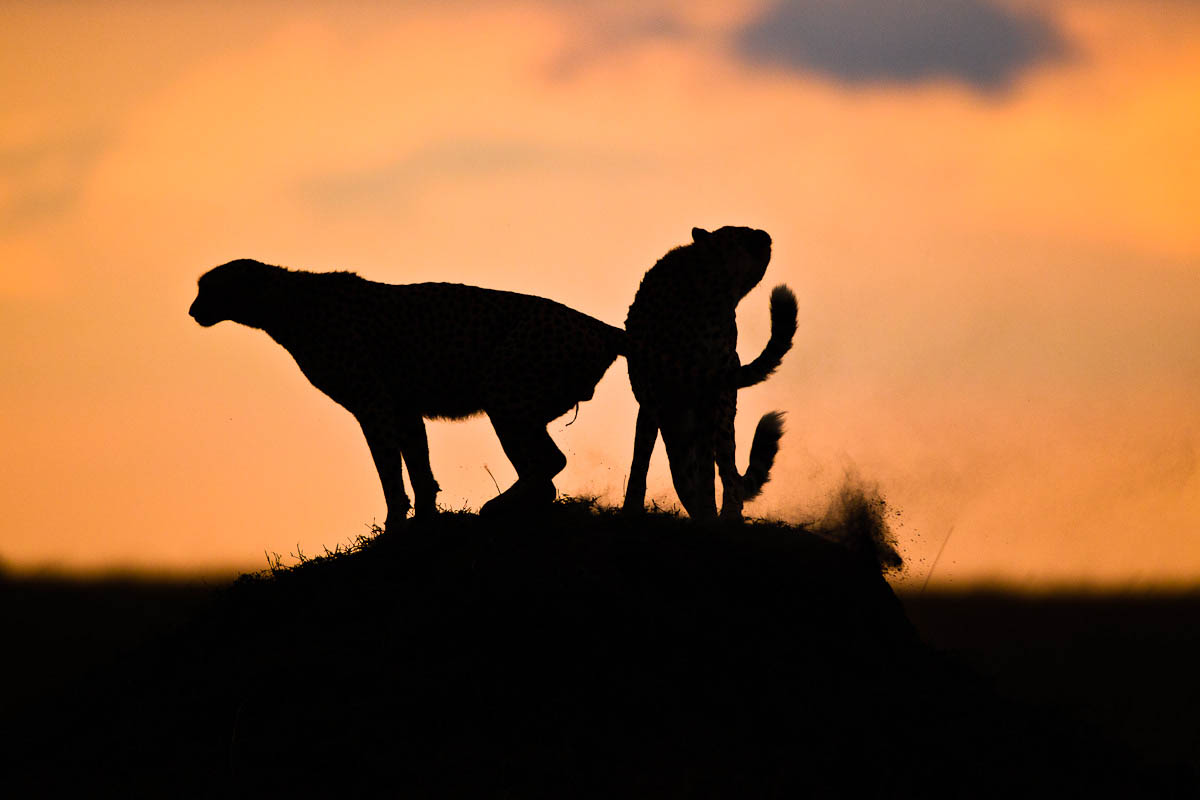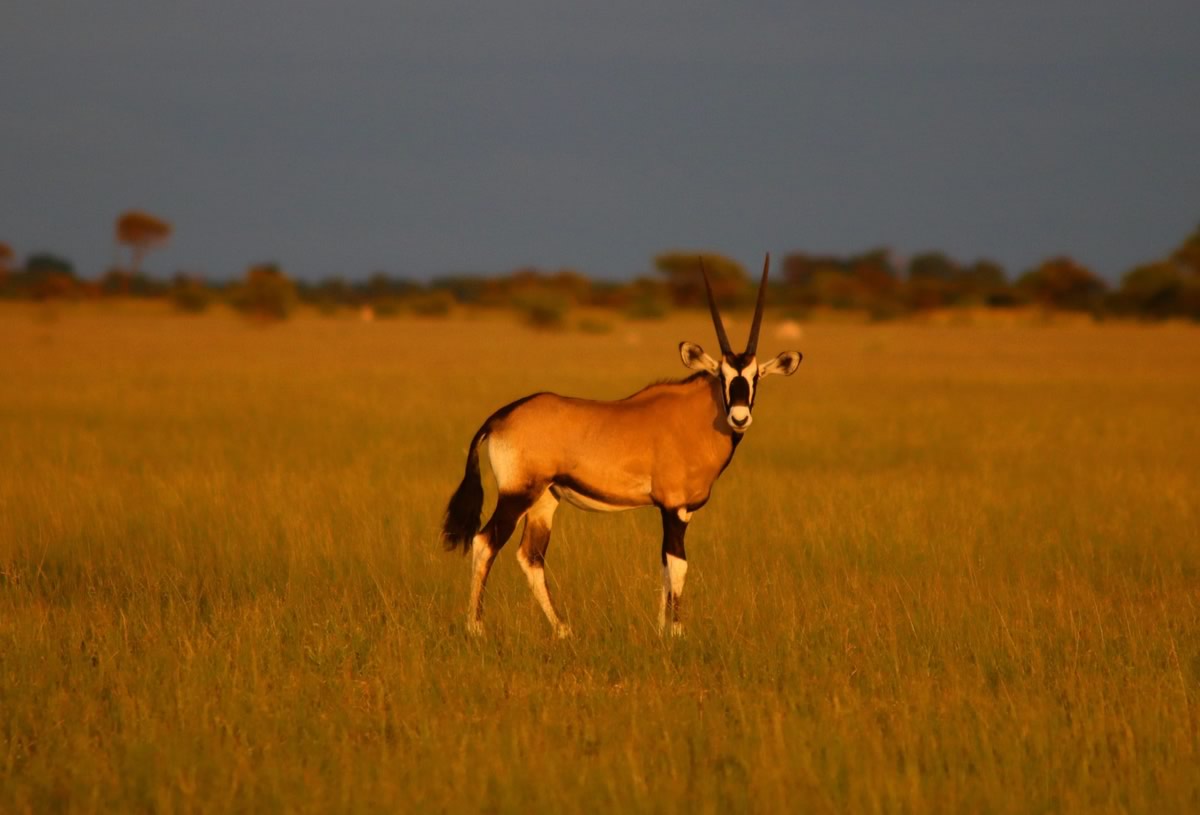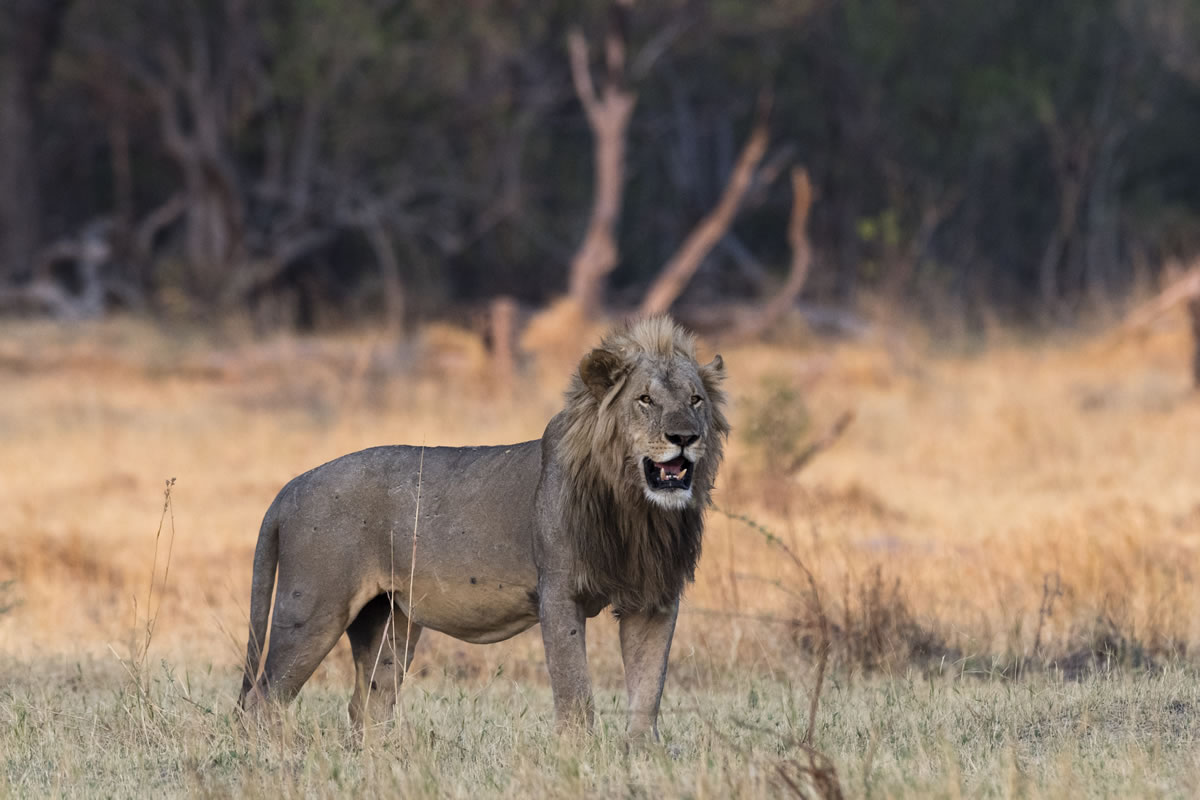Luangwa Valley
Luangwa Valley
The Luangwa Valley, an extension of the expansive Great East African Rift Valley, serves as the treasure trove of Zambia. Within this region, there are striking seasonal variations, a dynamic river system, rich soils, and luxuriant vegetation, all of which contribute to a bountiful population of wildlife. This area is the primary habitat for a wide range of large game animals, including lions, leopards, elephants, and buffaloes. Furthermore, the Luangwa Valley boasts two unique subspecies: Thornicroft’s Giraffe and Cookson’s Wildebeest. Notably, a remarkable concentration of both hippos and crocodiles renders the Luangwa River one of the most densely populated wildlife areas in Africa.
Adding to the overall wildlife experience are smaller mammals and an impressive list of over 450 documented bird species. These elements reinforce the Luangwa Valley’s esteemed reputation as the epicenter of Zambia’s wildlife. The Luangwa Valley encompasses four National Parks: South Luangwa, North Luangwa, Luambe, and Lukusuzi. Remote Africa Safaris operates within both South and North Luangwa National Parks. South Luangwa National Park, situated in eastern Zambia, spans over 9,050 square kilometers.
On the other hand, North Luangwa National Park covers an area of 4,636 square kilometers in northern Zambia. It is located within the ecosystem of Africa’s Great Rift Valley, on the western banks of the Luangwa River. This park boasts a remarkable diversity of species, including being a key area for elephants in Zambia, hosting the world’s largest population of hippos, containing Zambia’s sole black rhino population, and featuring one of the highest densities of lions in the region. Additionally, the park and the adjacent Game Management Areas (GMA) collectively encompass an expansive area of approximately 22,000 square kilometers.
South Luangwa National Park
Very few places in Africa can offer the unique combination of South Luangwa National Park’s open, grassy plains and mature, mesmerizing woodlands, crowned with the pristine, impressive Luangwa River. This area’s reputation for abundant wildlife and unspoiled vegetation is well earned, so whether driving around or walking through, the intense beauty calls to you from every corner.
South Luangwa National Park is the highlight of eastern Zambia. Known to locals as simply ‘the South Park,’ it was initially founded as the Luangwa Game Park in 1904, and converted to one of three game reserves in 1938. The impressive park covers an area of about 9050 square kilometers of the Luangwa Valley floor, and lies anywhere from 500 meter to 800 meter above sea level. With its western and northwestern edge bounded by the Muchinga Escarpment, and the southern border lined with the meandering Luangwa River, there’s no shortage of dramatic and fascinating topography in this stunning game-rich park.
- Area: 9 050km² / 5 623mi²
- Founded in: 1972
- Provinces: Northern, Eastern and Central Zambia
- Co-ordinates: 12.9410° S, 31.9045° E
Seasonal changes are very pronounced in Luangwa. The dry season begins in April and intensifies through to October, the hottest month, when game concentrations are at their height close to remaining sources of water. Warm sunny days and chilly nights typify the dry winter months of May to August.
The wet season begins in November as the leaves turn green, and the dry bleak terrain becomes lush and verdant. The rainy season lasts up until the end of March and the migrant birds arrive in droves. Each lodge stays open for as long as access is possible, depending on its location in the area. There are several lodges that remain open all year in the central area of the park.
If you’re staying at one of the valley’s lodges, the safari guides will ensure you have every opportunity to see all that it has to offer of its wildlife, birds and varying vegetation and habitats.
Although South Luangwa is only about half the size of other southern African heavyweights like the Kruger National Park in South Africa or Etosha National Park in Namibia, in terms of density of big game it’s top of the pile. Aptly named the Valley of the Leopard, it’s said that if you go to South Luangwa and don’t see leopard you need your eyes tested! The incredibly diverse landscapes range from dense forests of mopane trees and the leopard’s favourite sausage trees, to wide open savanna punctuated only by the occasional lonely baobab, all hugged by the wide and winding Luangwa River.
TIPS FOR DRIVING YOUR OWN VEHICLE
If you’re in your own vehicle, get a map at the entrance and follow the loop roads graded in the park, past dambos bursting with hippos, crowned cranes, grazing antelope and scurrying baboons. Further out on the plains you’re bound to see the large elephant herds, reaching up to 70 in number. Buffalo are abundant and spread throughout the valley.
HIPPO
The hippopotamus is one animal you won’t miss. As you cross over the bridge into the park there are usually between 30 and 70 hippos lounging in the river below and most of the dambos and lagoons will reveal many more. There are estimated to be about 50 hippos per kilometre / half-mile stretch of the Luangwa River!
ZEBRA
Zebra can be seen running in small herds of about a dozen. The difference between Zambia’s zebras and those in the south and east of Africa are in the stripes: here they are evenly spaced as opposed to broad light stripes with a faint shadow stripe in-between.
ANTELOPE
The park has 14 different antelope species, most of which are easily seen on game and night drives. Watch out for the elusive bushbuck, preferring to inhabit densely covered areas. The common duiker is not that common near the Luangwa River but inhabits the backcountry of the Luangwa Valley. The largest of the antelope is the eland, usually near the Nsefu sector. The most numerous antelope is the impala: these gregarious animals can be seen in herds all over. They are not to be confused with the puku, which is of similar size but a much fluffier buck with a rich orange coat and as prolific.
KUDU
Perhaps the most beautiful antelope is the kudu, with its majestic spiral horns and delicate face. Although fairly common, they’re not always easy to find due to their retiring habits and preference for dense bush. Reedbuck, roan, sable, hartebeest, grysbok, klipspringer and oribi are all here but not prolific in the central tourist area. They tend to stay deeper in the remote parts towards the Muchinga escarpment.
Birdwatching is superb in the valley. Near the end of the dry season, when the river and oxbow lagoons begin to recede, hundreds of large waterbirds can be seen wading through the shallows. The red-faced yellow-billed storks move along with their beaks open underwater, disturbing the muddy liquid with their feet until the fish flop into their mouths. The pelicans tend to operate in lines abreast, driving the fish before them into shallows before scooping them up into their beak pouches. The striking saddle-billed stork makes quick darting movements into the water. Then there are the marabou storks, great white egrets, black-headed herons, open-billed storks and the stately goliath heron that can stand in the same position for hours before pouncing. Of the most beautiful are the elegant crowned cranes, with their golden tufts congregating in large flocks at the salt pans.
Around the same time, just before the rains set in, in November, the palearctic migrants from northern Europe and the intra-African migrants arrive to exploit the feeding opportunities that the warm rainy season brings. These include the red-chested cuckoo, white storks, European swallows, swifts, hobbies and bee-eaters, as well as birds of prey such as the Steppe eagles and Steppe buzzards that come all the way from Russia. A special sight is the hundreds of brightly coloured carmine bee-eaters nesting in the steep sandy banks of the river.
The ever-present sounds of the birds in the valley can take some getting used to. An early caller is the ground hornbill, looking like a well-dressed turkey, but emitting the sound of a deep bass drum. Also to be heard is the melodious Heuglin’s robin, the shrill cry of the fish eagle, all set to the background cooing of doves.
North Luangwa National Park
Found in the oldest section of Africa’s Great Rift Valley, North Luangwa National Park is the most northern of the three national parks found in the Luangwa Valley. The Luangwa River has shaped this unique landscape over millennia that many regard as “The Real Africa.”
Founded as a game reserve in 1938, this remote 4,636km² tract of land was re-gazetted to become a national park in 1972. The North Luangwa protected ecosystem has now grown to over 22,000km² of virtually untouched landscapes, with the National Park at its heart.
The ecosystem is home to a unique and diverse species community and is one of the last large undisturbed regions in central Africa. As the only in park Zambia boasting the Big 5, it offers one of the most spectacular settings for game viewing experiences in Zambia, if not the entire continent.
- Area: 4,636km² / 2 880mi²
- Founded in: 1972
- Province: Northern Zambia
- Co-ordinates: 11.9114° S, 32.2654° E
Operators in this region conduct safaris in the dry season from June to October when animal sightings are at their peak. Access in the wet season (from about November to May) is virtually impossible thanks to black cotton soil, dirt roads and swollen waterways.
North Luangwa National Park is noted for its massive herds of buffalo, a spectacular sight especially if they’re seen on the run, kicking up dust behind them. Large prides of lion inhabit the territory and it is not uncommon to witness a kill. Other common mammals are hyena, Cookson’s wildebeest, bushbuck, zebra, warthog, baboon, vervet monkey, puku and impala. Elephant and leopard are also seen but not as frequently as in the South Park. You are more likely to see hartebeest, reedbuck and eland here than in South Luangwa
All the birds in South Luangwa have been recorded here as well. Sighted regularly are crowned cranes, purple-crested loeries, broad-billed rollers, Lilian’s lovebirds, carmine bee-eaters, giant eagle owls and Pel’s fishing owls. Occasionally seen are the bat hawk, black coucal and osprey.
Luambe National Park
At just 254 km² / 158mi², Luambe is one of Zambia’s smallest national parks (the smallest in Lusaka National Park). Situated on the eastern bank of the Luangwa River, it lies in the heart of the Luangwa Valley between Lukusuzi, and North and South Luangwa National Parks. It was declared in 1938 and is one of the oldest conservation areas in Zambia.
The wildlife found in Luambe is similar to that of its larger neighbouring parks and includes all the typical large herbivores and carnivores as well as some less well-known species. However, the animals of Luambe are generally present at lower densities than in the bigger parks with the advantage that Luambe is less crowded than its more famous neighbours.
Habitat diversity is enormous and within short distances the vegetation ranges from riverine forest, cathedral mopane woodland and floodplain acacia thickets to the sausage tree-dotted open grasslands of the Chipuka Plains. There are over 200 species of bird in Luambe and elephant, lion and leopard populations are on the increase – so it’s well worth visiting now before everyone else catches on!
- Area: 254 km² / 158mi²
- Founded in: 1938
- Province: Eastern Province
- Co-ordinates: 12.5355° S, 32.2427° E
Luambe National Park can only be accessed in the dry season between May and October; during the rainy season it becomes impassable. The limited accommodation closes for the green season.
The most common larger game species found in Luambe are puku, impala, warthog, bushbuck, waterbuck, kudu, hippo, zebra and buffalo. However, sightings of Cookson’s wildebeest, roan antelope, Lichtenstein’s hartebeest, eland, common duiker and oribi are also possible. Thornicroft’s giraffe are being seen more regularly. Elephant are common in Luambe and said to be on the increase.
Larger carnivores such as lion, leopard, spotted hyena, and wild dog are regularly seen. Smaller carnivores such as the serval, African wild cat, civet, blotched (large-spotted) genet and various mongoose species can also be found, especially during night drives.
Luambe National Park supports more than 200 species of bird. For the avid birdwatcher, birding can be spectacular with rarities such as the African skimmer, racket-tailed roller, Pel’s fishing owl, white-backed night heron, Angola pitta and Lilian’s lovebirds.
Large colonies of southern carmine bee-eaters can be found along the banks of Luangwa River in September and October. Other regularly seen species include spectacular raptors such as martial, tawny and African fish eagles as well as a variety of water birds including heron, ducks and geese.
Shiwa Ngandu
Shiwa Ng’andu estate is without a doubt one of the most fascinating and unique destinations in Zambia.
Shiwa is located in the Northernmost part of Zambia amongst the rolling granite hills that form the tail end of the Great Rift Valley, an area of unsurpassed natural beauty, the “Real Africa”. At Shiwa an intricate and mesmerising African history, both Ancient and Colonial delights and intrugues both past and future guests to the estate. The estate combines this rich and varied history with a world class private game reserve that is home to over thirty species of wildlife and over two-hundred species of birds. The wildlife reserve covers an area of twenty-two thousand acres of breathtaking terrain and boasts a large natural lake at it’s center, one of the largest privately owned bodies of water in Africa.
The guest experience at Shiwa Ng’andu is truly unique. Guests enjoy complete access to the estate, from the extensive historical archives, the wildlife reserve and lake to the day to day workings of the estate farm. Relaxed morning drives, horseriding through the hills, fascinating historical tours and indescribeable afternoon sundowners looking across the lake, make the Shiwa Ng’andu Estate an unmissable destination when travelling to Zambia and earned it a prestigious nomination for the”Best Safari House” at the 2009 Good Safari Guide awards.
The relaxed atmosphere and truly warm Zambian hospitality of all at the Shiwa Ng’andu Estate ensures that every guest feels truly at home and very much a part of the estate’s incredible history and culture.
